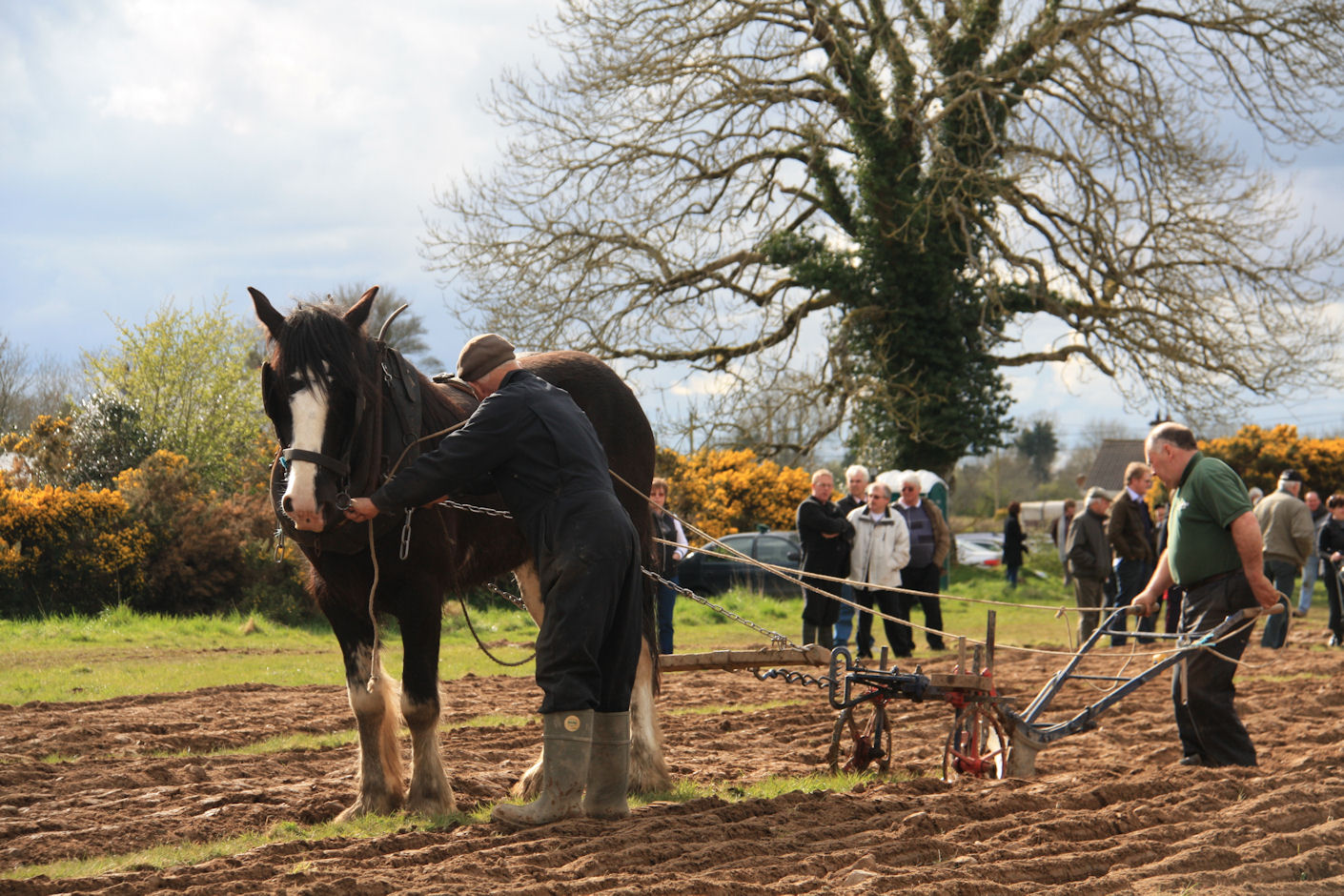In a few days I will drive to Washington DC to be a visiting dissertation fellow at the Mercatus Center. While there I will attend and participate in lectures with faculty members at George Mason. In particular I am excited to hear lectures from Mark Koyama in his course on "Analytic Narratives". An analytic narrative is an approach to economics that combines some of the theoretical and statistical tools in economics (e.g. game theory and econometrics) with a more historical or ethnographic narrative.
I have started reading for the class. The first lecture is on the "Persistence of Cultural Beliefs" and the first paper I have read is titled "Fertility and the Plough" which is a working paper (here).
It has often been argued that once upon a time fertility was higher because children were not liabilities but assets. Put another way, agriculture is labor intensive and children were valuable because they could be put to work. But, even among agricultural economies there were differences in fertility rates. What could explain the variation in fertility? These authors argue the plough.
The argument is that agriculture broke down into two camps: hoe or plough. When farming with a hoe children were important to weed the soil before the hoe was utilized. However, with a plough weeding wasn't important, the plough would tear up all the weeds. The use of the plough also meant that women were not much use in agriculture (like children they would weed) since the plough required more strength.
One might think that women being in the home and not working in the fields would lead to a lower cost for women having children. On the margin, this means fertility would be higher. However, the authors show that this is apparently more than offset by the lower benefit to having children.
Furthermore, the authors show that controlling for a lot of other factors that could also impact fertility like economic development. Then the authors show that there is an impact on fertility outcomes in PRESENT TIMES that can be tied back to the plough. To show this cultural transmission the authors rely on first and second generation immigrants to the United States. The argument being that, immigrants have their cultural heritage but operate in a well developed economy. First generation immigrants show more of the cultural attribute than second generation. This is the reason the paper falls under "Persistence of Cultural Beliefs".
The one glaring weakness in their paper is that the authors do not seem to control for religious beliefs that would seem to have some influence on people's perspective about children. Perhaps, this is no problem because there was homogeneity in religious beliefs about children. Nevertheless, it was worthy of at least a footnote.
